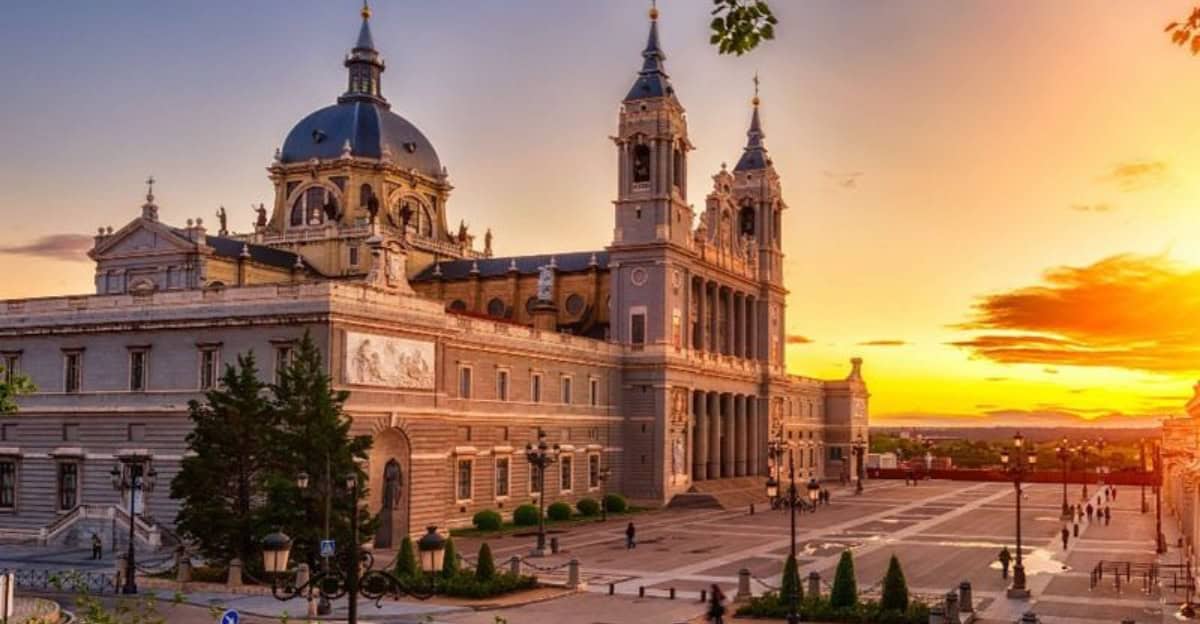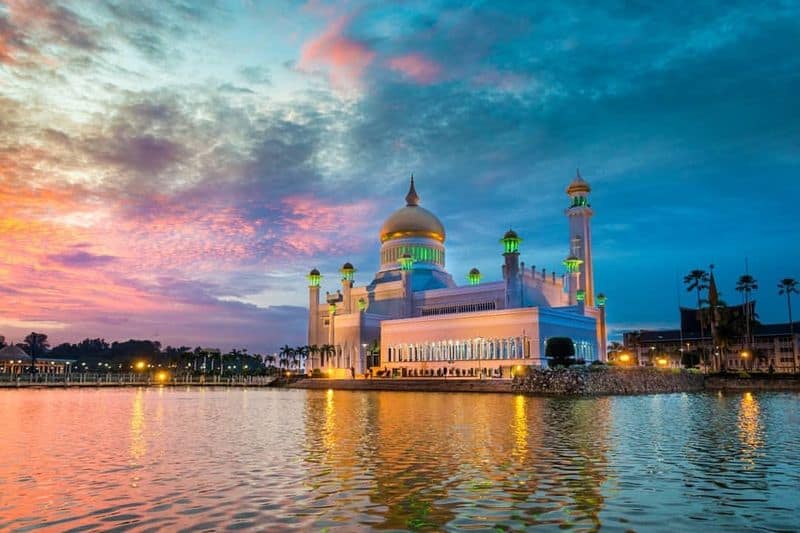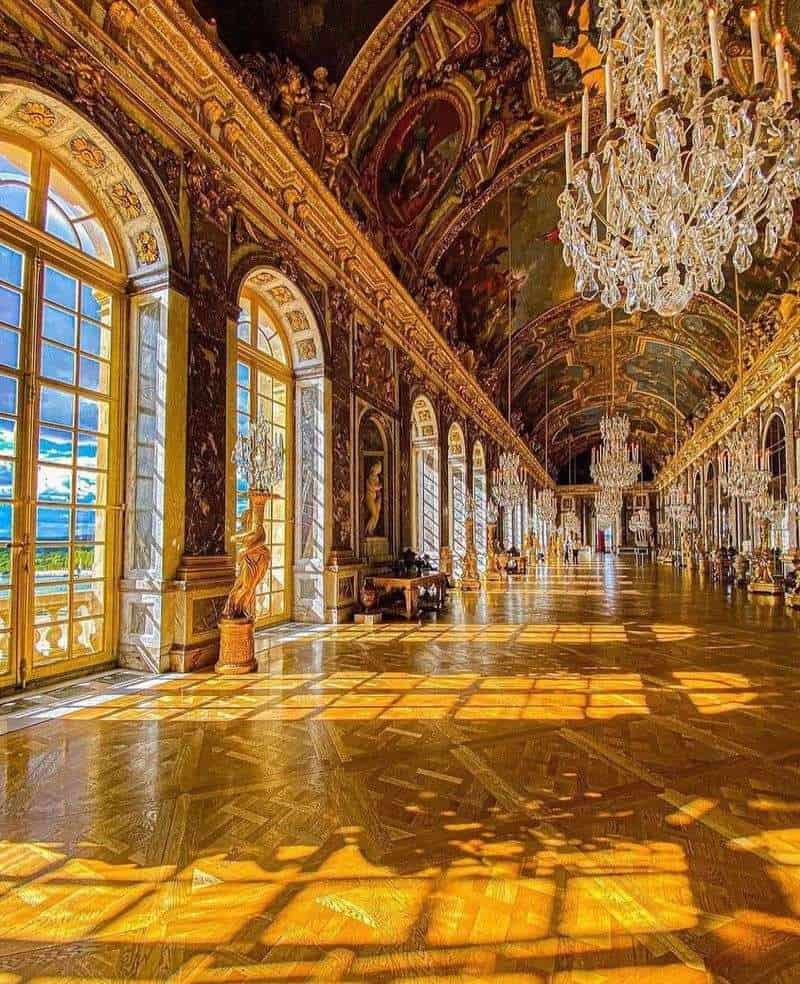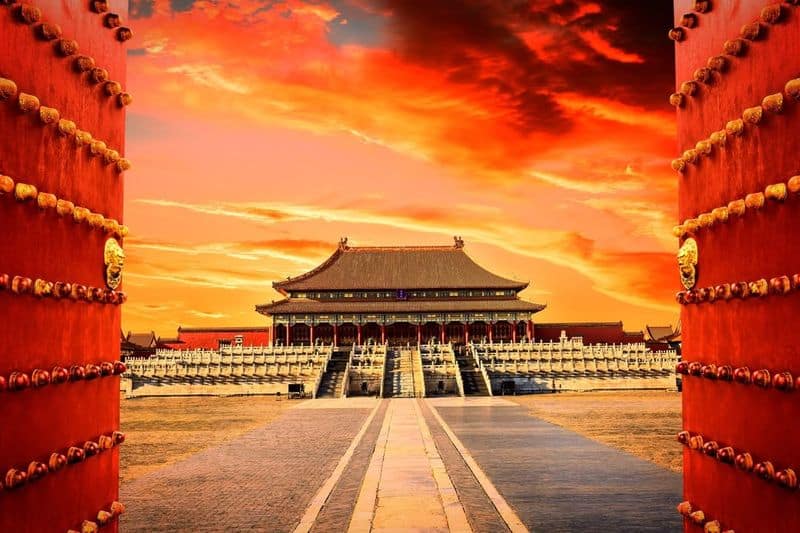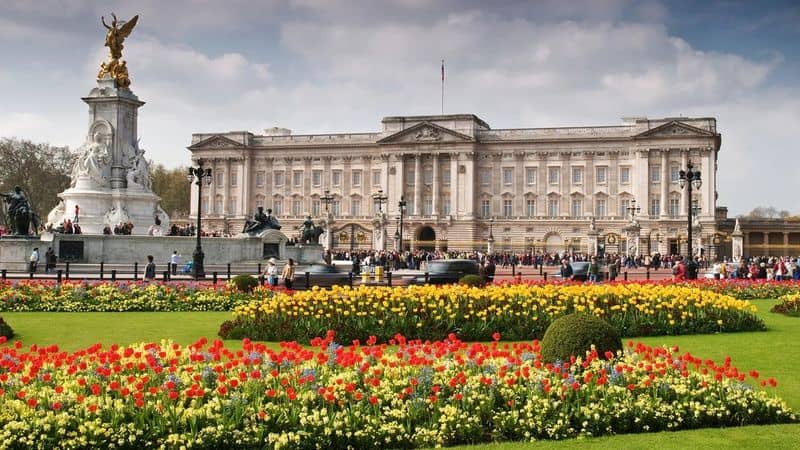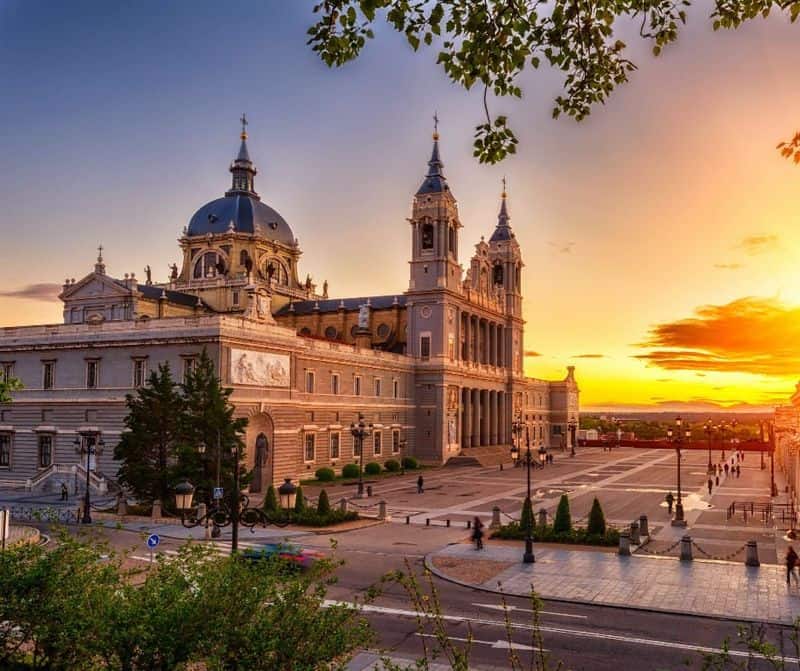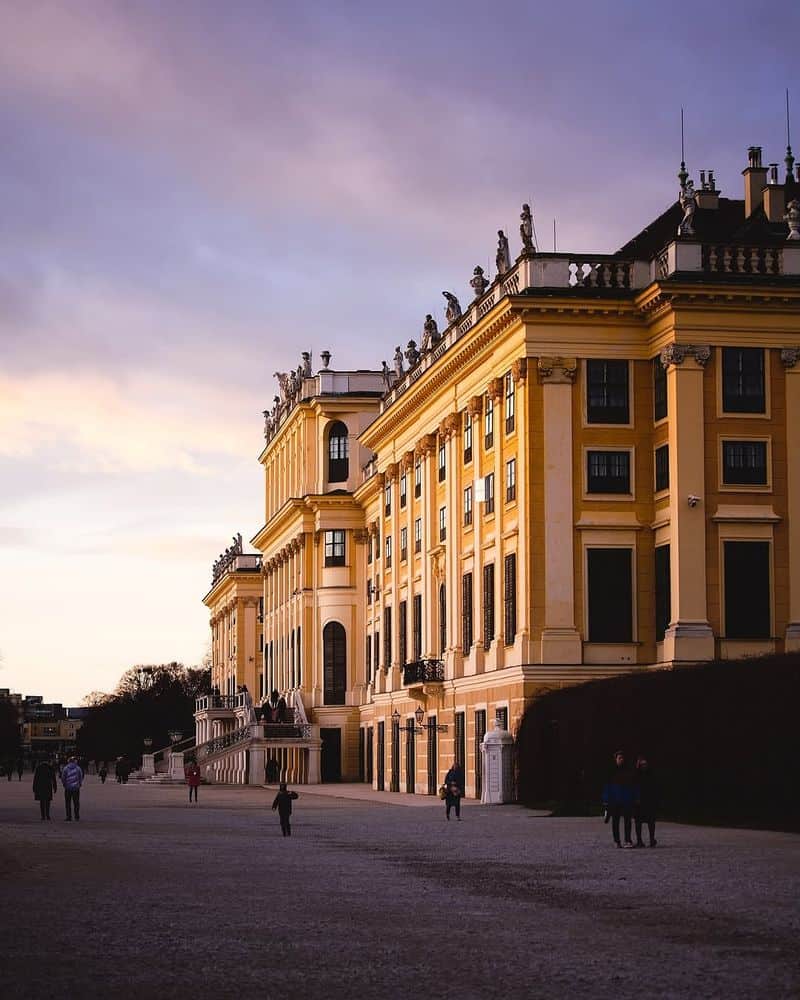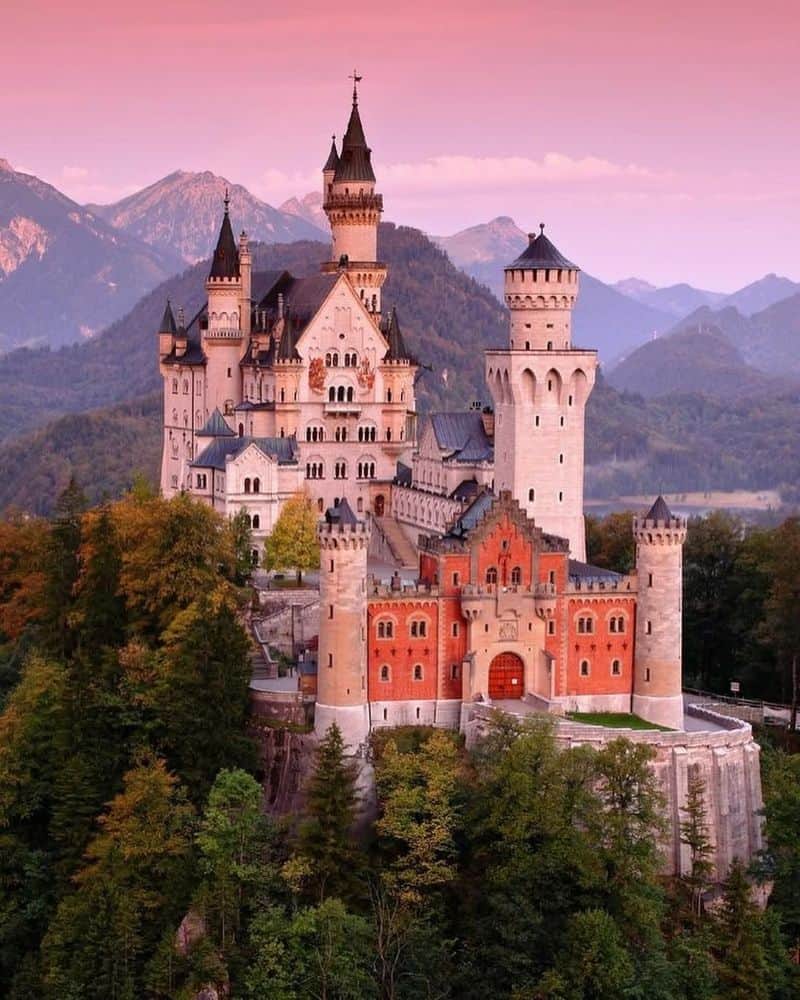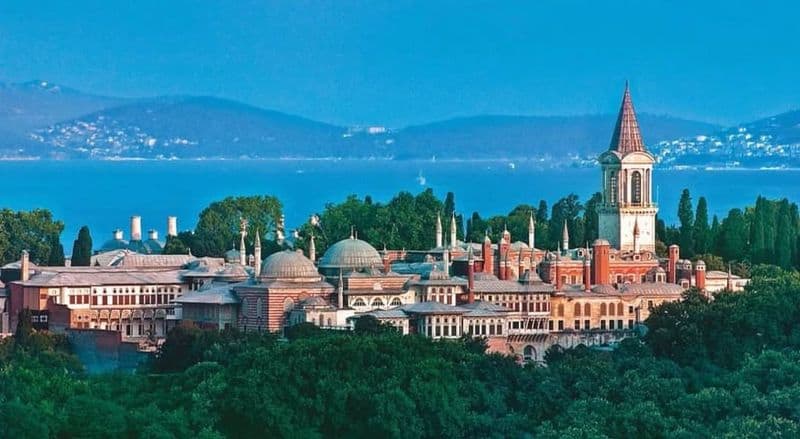Explore the opulence and grandeur of royal palaces around the world, each boasting unique architectural wonders and rich histories.
From ancient palatial complexes to modern-day royal residences, these palaces reflect the wealth and power of their time.
Dive into this journey of architectural splendor, where each palace stands as a testament to the artistry and craftsmanship of its era.
1. Istana Nurul Iman, Brunei
Istana Nurul Iman in Brunei is a marvel of modern architecture, holding the record as the world’s largest residential palace.
Completed in 1984, it boasts a staggering 1,788 rooms and 257 bathrooms, catering to the royal family and their guests.
The palace includes a banquet hall that can accommodate up to 5,000 guests and a mosque for 1,500 people. Its opulence extends to a 110-car garage and five swimming pools.
An air-conditioned stable for 200 polo ponies speaks volumes of luxury. This palace is not just a residence but a symbol of Brunei’s grandeur.
2. Palace of Versailles, France
The Palace of Versailles is a symbol of royal extravagance located near Paris, France. Originally a modest hunting lodge, it was transformed by Louis XIV into a magnificent complex with 2,300 rooms.
The Hall of Mirrors is its centerpiece, featuring 17 mirror-clad arches reflecting the opulent chandeliers and garden views.
Inside, one can find stunning artworks, including paintings, sculptures, and tapestries. The palace’s design and history make it a must-visit for those exploring the opulence of European royalty.
Its grandeur continues to captivate visitors from around the globe.
3. Forbidden City, China
The Forbidden City in Beijing, China, served as the imperial palace for Chinese emperors from the Ming to the Qing dynasties.
Built between 1406 and 1420, this vast complex spans approximately 8,886 rooms. It showcases traditional Chinese palatial architecture with iconic yellow roofs and red walls.
Visitors can explore the Palace Museum, which houses an extensive collection of artwork and artifacts.
The historical significance and architectural beauty of the Forbidden City make it a cultural treasure, attracting millions of visitors annually.
4. Buckingham Palace, United Kingdom
Buckingham Palace in London stands as the official residence of the British monarch. With 775 rooms, including 19 state rooms, it hosts numerous royal ceremonies and events.
The palace is renowned for its iconic balcony, where the royal family makes public appearances during significant occasions. Its interiors are adorned with art and historical treasures, reflecting British heritage.
The palace gardens offer a green oasis in the heart of the city, adding to its charm. Buckingham Palace remains a symbol of the British monarchy’s enduring legacy.
5. Royal Palace of Madrid, Spain
The Royal Palace of Madrid serves as the official residence of the Spanish royal family, though it is primarily used for state ceremonies today.
Boasting over 3,400 rooms, it’s one of Europe’s largest palaces. Inside, visitors find rich tapestries, frescoes, and an impressive art collection, including works by Caravaggio and Goya.
The palace’s grandeur is complemented by its beautifully landscaped gardens. As a reflection of Spain’s rich royal history, this palace offers an insight into the opulent lifestyle of Spanish royalty.
6. Château de Chambord, France
Nestled in the Loire Valley, the Château de Chambord is a masterpiece of French Renaissance architecture. Commissioned by King François I in 1519, it features 440 rooms and 365 fireplaces.
The château’s unique roofline, adorned with turrets, towers, and chimneys, adds to its grandeur. The recently restored formal gardens enhance its beauty, making it a popular tourist destination.
This architectural marvel captures the essence of Renaissance creativity and serves as a symbol of France’s royal heritage. Its stunning design continues to inspire visitors.
7. Schönbrunn Palace, Austria
Located in Vienna, Schönbrunn Palace was the summer residence of the Habsburg emperors. This Baroque masterpiece comprises 1,441 rooms, each showcasing ornate designs and historical artifacts.
The palace’s vast gardens feature the world’s oldest zoo and the Gloriette, offering panoramic views of Vienna. Its architectural elegance and rich history attract millions of visitors annually.
Schönbrunn Palace stands as a testament to Austria’s imperial past and cultural heritage, providing a glimpse into the lives of the Habsburg monarchy.
8. Neuschwanstein Castle, Germany
Perched atop a hill in Bavaria, Neuschwanstein Castle is famed for its fairy-tale appearance.
Commissioned by King Ludwig II in the 19th century, its design has inspired iconic structures like Disney’s Sleeping Beauty Castle.
The castle’s interiors boast opulent rooms and halls inspired by Wagnerian operas, a testament to the king’s admiration for the composer.
Its picturesque setting and enchanting architecture make it a top destination for tourists seeking a blend of fantasy and history. Neuschwanstein remains an enduring symbol of Bavarian romanticism.
9. Winter Palace (Hermitage Museum), Russia
Located in Saint Petersburg, the Winter Palace is an architectural jewel of Russian Baroque style. Once the official residence of Russian emperors, it is now part of the Hermitage Museum.
The palace houses an extensive art collection, showcasing masterpieces from various eras. Its striking green-and-white exterior and opulent interiors attract art enthusiasts and history buffs alike.
The Winter Palace stands as a testament to Russia’s imperial history and cultural richness, inviting visitors to explore its grandeur and artistic treasures.
10. Topkapi Palace, Turkey
Topkapi Palace in Istanbul was the administrative center and residence of Ottoman sultans for nearly 400 years.
This sprawling complex includes lush courtyards, elegant pavilions, and the famous Harem section. Today, it serves as a museum, displaying imperial collections like manuscripts, weaponry, and religious relics.
The palace’s rich history and exquisite Ottoman architecture make it a cultural gem of Istanbul.
Visitors are drawn to its historical significance and the breathtaking views of the Bosphorus, offering a glimpse into the opulent world of Ottoman royalty.

